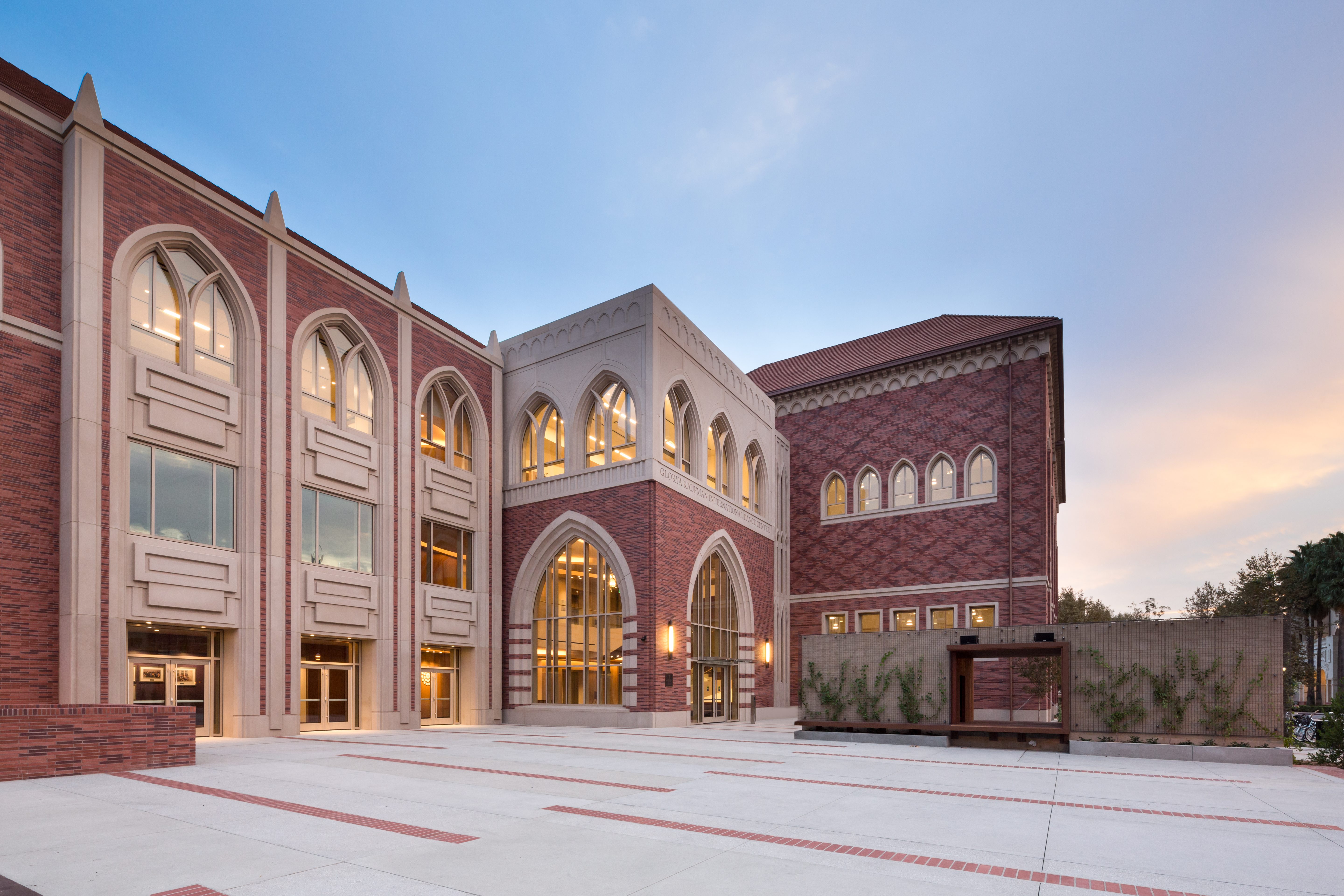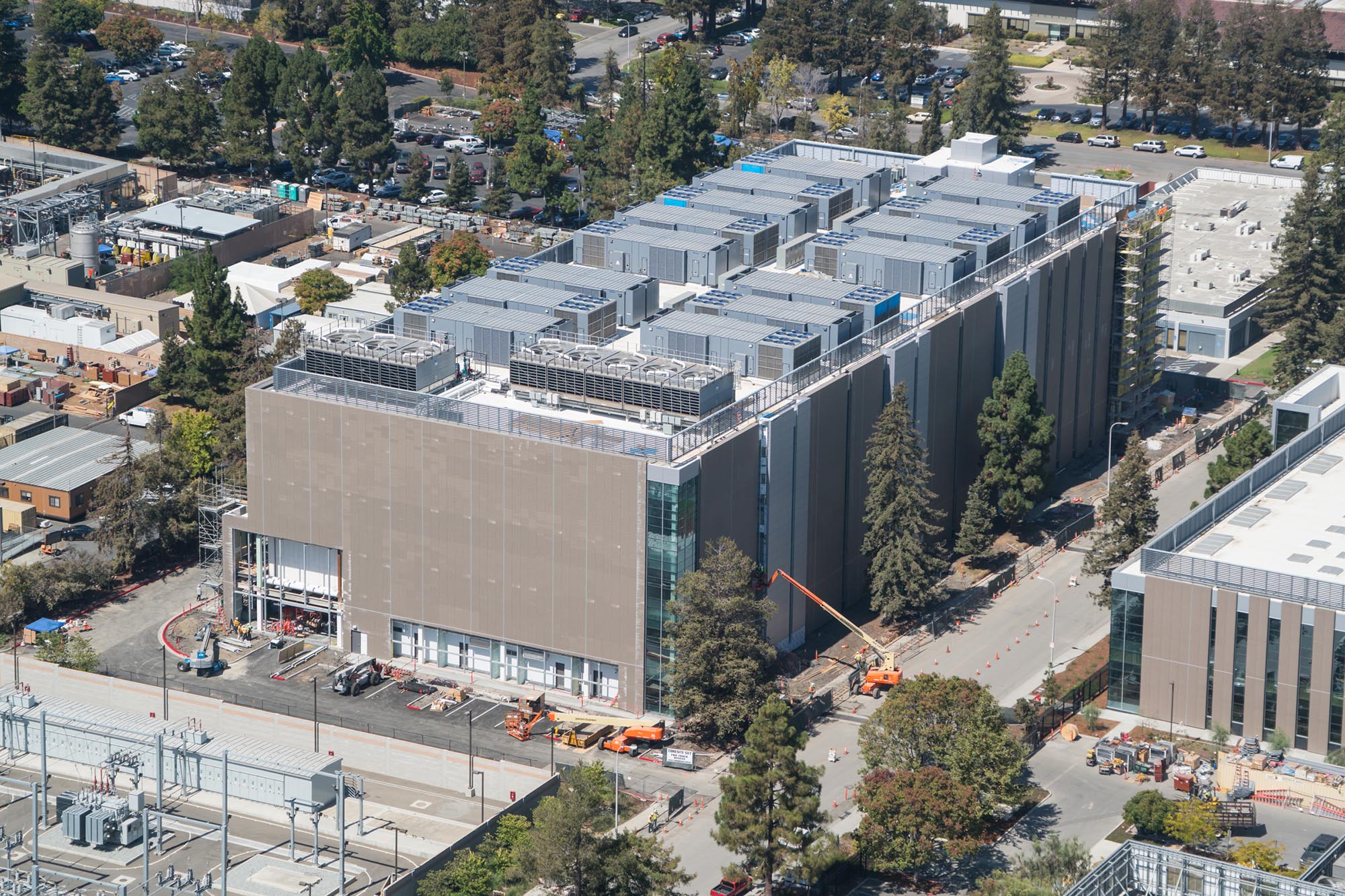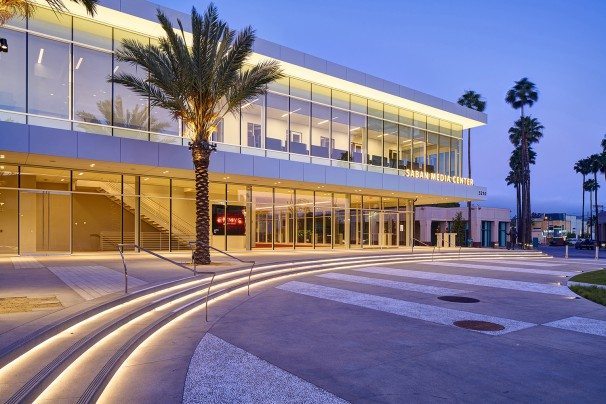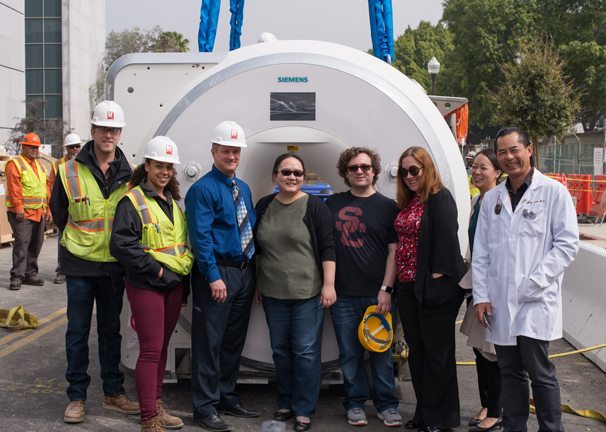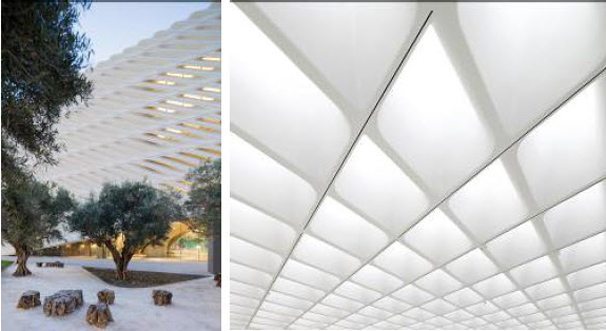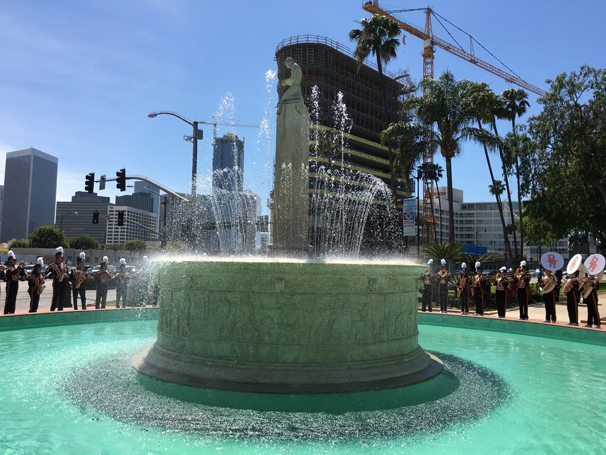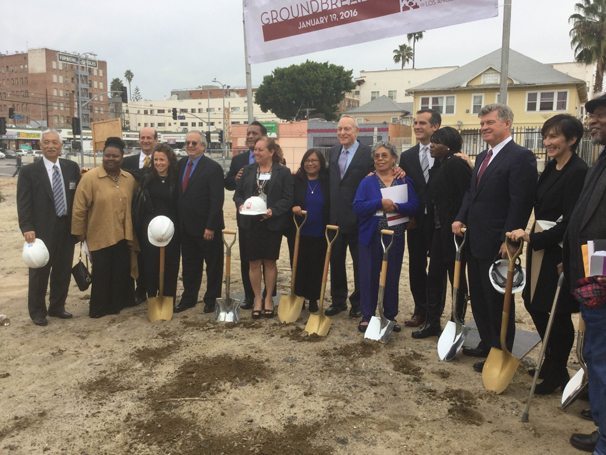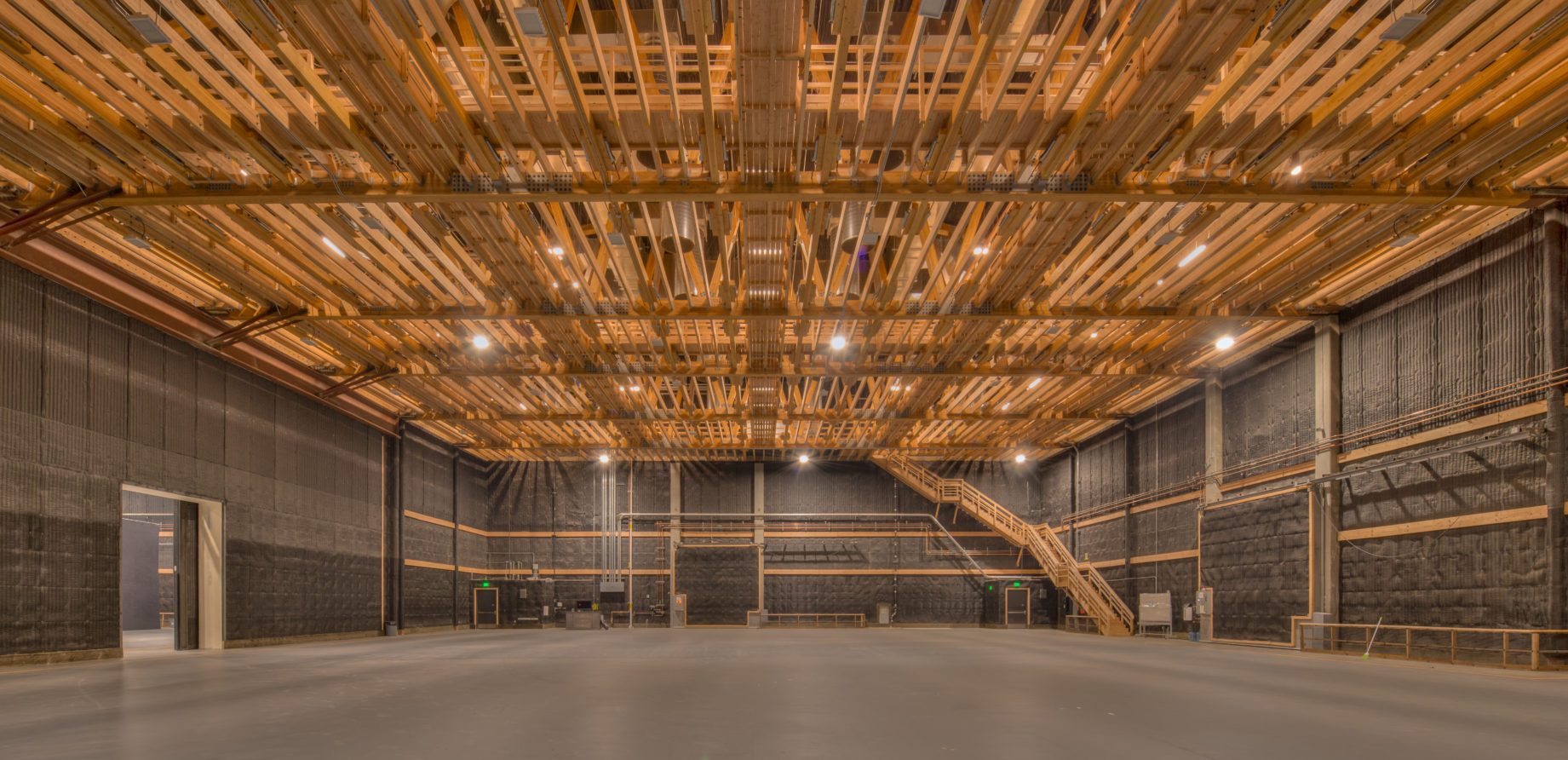
Photo: Nathaniel Riley
Location
Universal City
Owner
NBCUniversal, Inc.
Architect
Bastien & Associates
Project Size
61,766 SF
ViewMATT Construction completes NBCU Studios’ Area 51 in record time
Sound stages went from foundation-only permit to move-in ready in seven months
Area 51 Sound Stages and Production Support Building: A Unique Construction Challenge
NBCUniversal approached MATT Construction with a unique opportunity: to build Area 51 – two brand new sound stages and an attached production support building on the Universal City lot. This was the first new ground-up sound stage construction on the studio lot in almost 50 years.
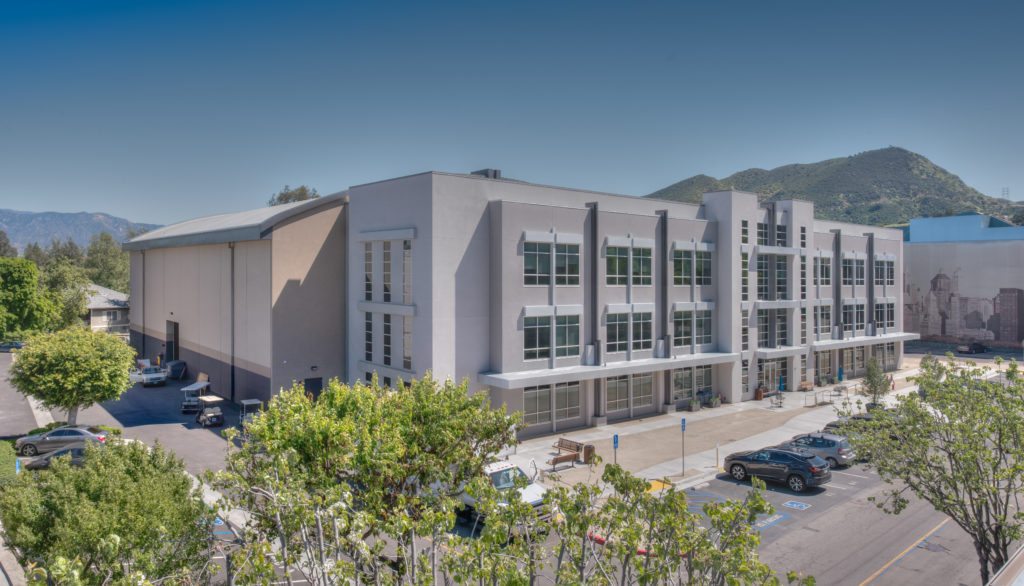
Photo: Nathaniel Riley
The NBCU team, led on site by Senior VP of Operations & Strategy Brian Young, chose MATT to spearhead this historic project within an incredibly narrow timeframe. There was no margin for error – construction had to be complete in order to accommodate a live national broadcast across the NBC television network on December 7, 2016 in time for a live filming and airing of the musical Hairspray Live! As Brian Young phrased it, “We truly had no backup plan…we could not afford to slip one day.” MATT’s team embraced this milestone. Mat Evans, the project’s superintendent, commented, “They give us a challenge, we try to figure it out. In this kind of integrated delivery project, everyone gets on board and gets it done.”
Tech Specs: How to Design Studio-Quality Sound Stages
The technical specifications for a top-quality sound stage for a major film and television studio required wide-scale coordination of numerous moving parts on a daily basis. NBCU commissioned Bastien & Associates to conceptualize two beautiful, state-of-the-art, 18,000 sf sound stages.
Each sound stage needed to meet an NC 25 sound rating. Architect Gary Bastien, who has designed studio spaces for over 30 years, explained that the acoustic demands of a professional sound stage are unique. Without an NC (noise coefficient) rating of 25, the sound of something like a truck passing by on the street or a dog barking might disrupt filming and production. Any such disruptions could very quickly become very costly. Therefore, acoustical integrity was vitally important in conceptualizing the new facilities.
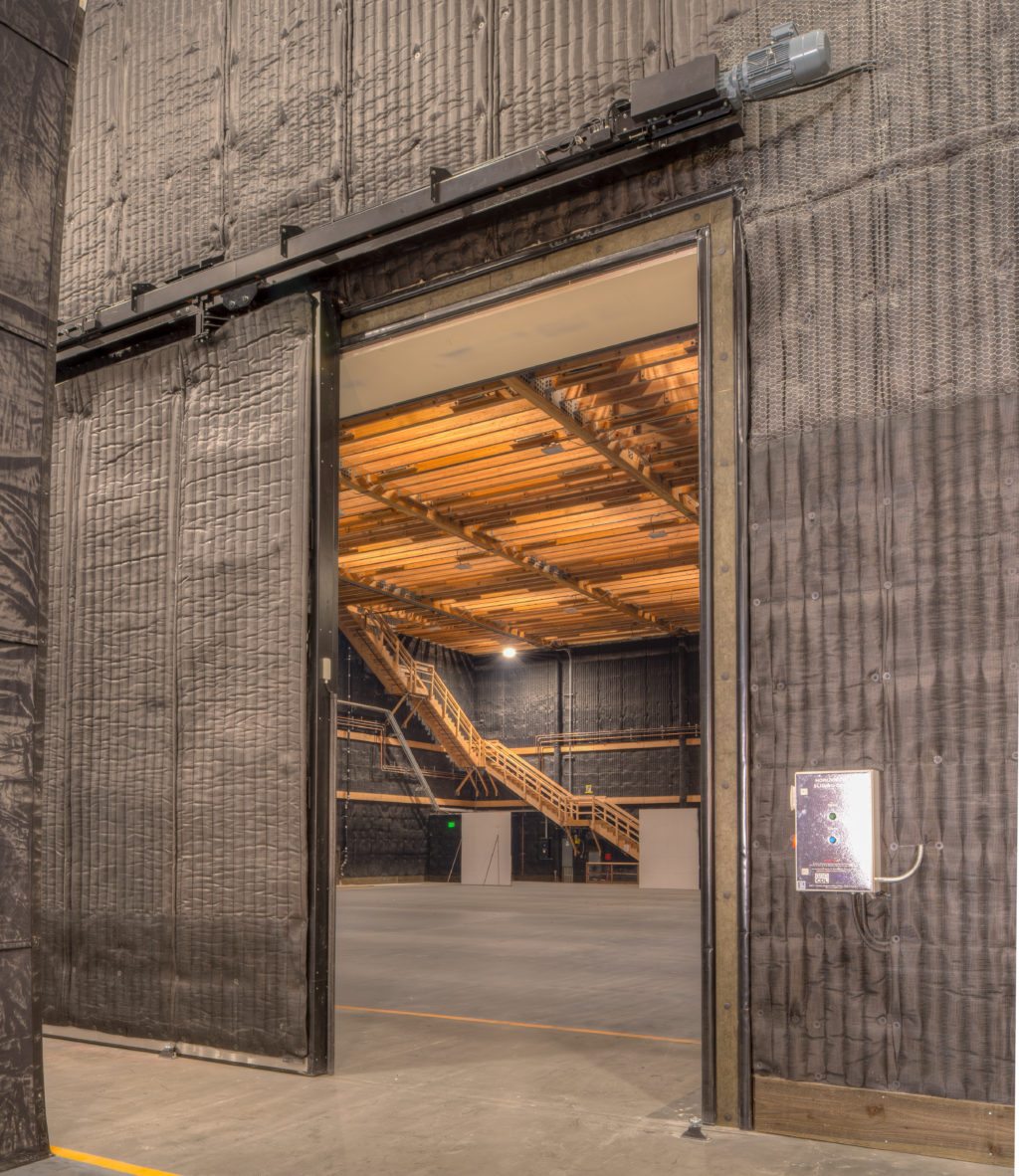
Photo: Nathaniel Riley
Michael Bloyd of Bastien & Associates, Area 51’s chief architect, also designed an attached three-story production building. One edifice resembles a New York City street facade for on-site exterior filming needs. Attaching the production support building directly enables performers to move from the ground-floor dressing, makeup, and green room areas directly to the sets without having to go outside.
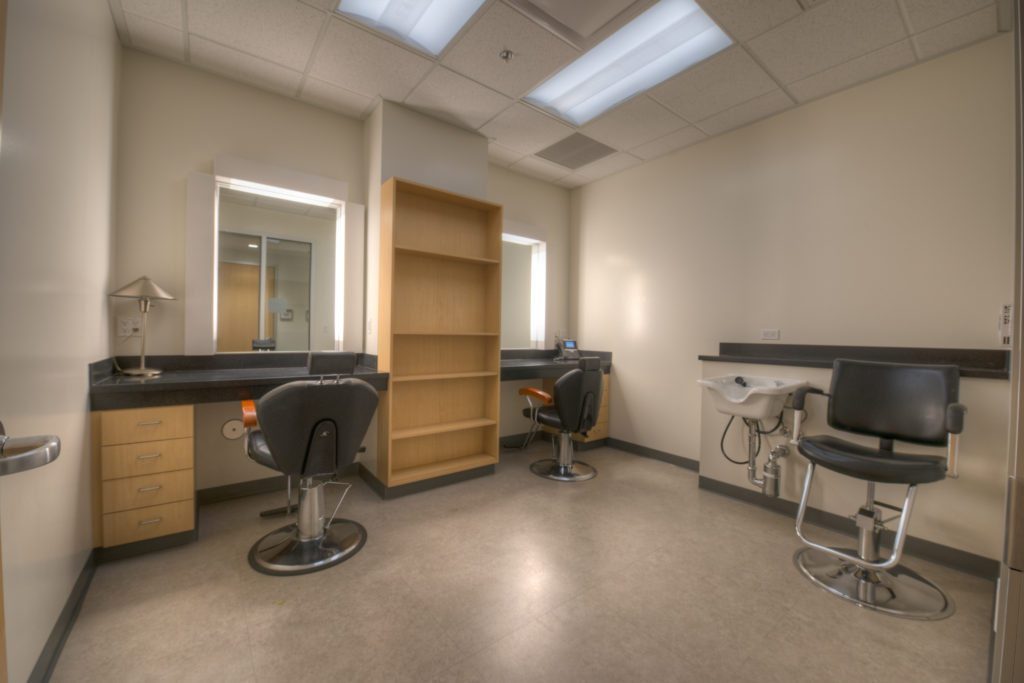
Photo: Nathaniel Riley
Additionally, Bloyd equipped the production building with offices, a full broadcast operations center, central equipment room, control rooms, and editing and graphics rooms.
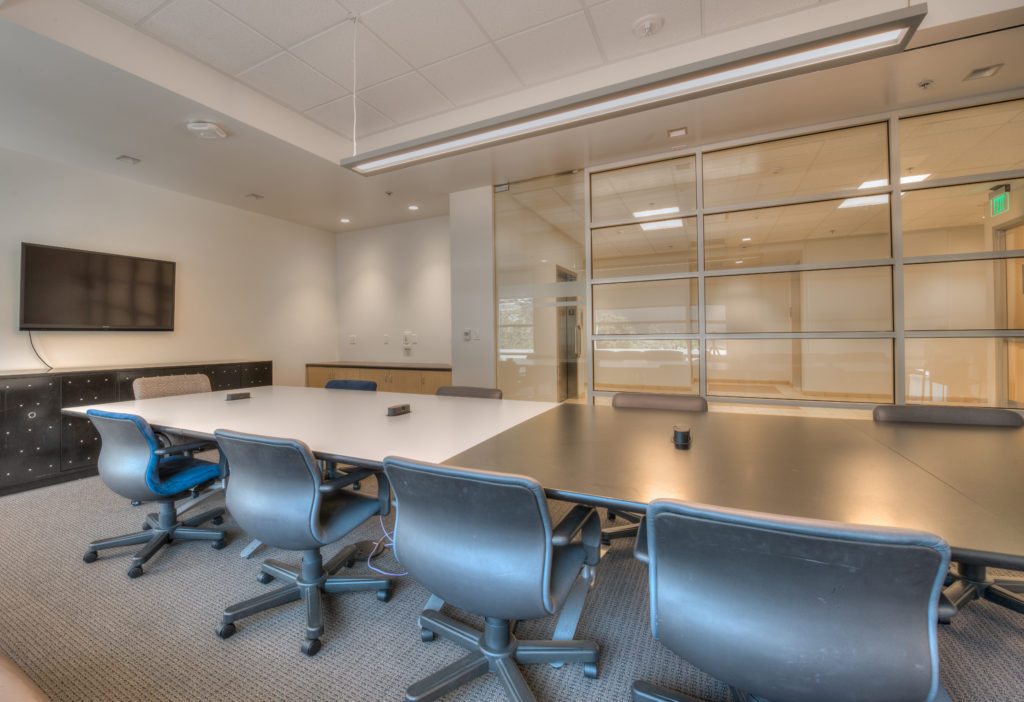
Photo: Nathaniel Riley
Tackling the Timeline: How Key Players Coordinated a Massive Team Effort
To meet the technical needs of a project of this magnitude within a narrow timeframe would prove quite the exhilarating, fast-paced journey for everyone involved. Brian Young commented, “many vendors and consultants have said they have never seen a facility similar to the one we built in the timeline we built it.”
How was this possible? From the outset, all key players agreed that above all else, a can-do attitude was critical. The very first slide that Brian Young presented to the team at their initial meeting was a glass of water. He stressed that every day, the team needed to regard any glass as half-full in order to meet the deadline.
Lead structural engineer Bill Thorpe of KPFF Consulting Engineers said the prevailing attitude from the earliest stages was, “It’s going to happen, we’re going to figure it out,” especially given MATT’s reputation as “no-nonsense straight shooters who can make anything happen.”
In other words, no task was too daunting as long as everyone communicated needs and obstacles openly and quickly. This included obtaining the requisite permits from LA County, demolishing the existing buildings, dealing with the foundation and land after demolition, modifying the architectural design if conditions on the ground required it, ensuring the timely delivery of critical equipment and materials, and constructing the new buildings.
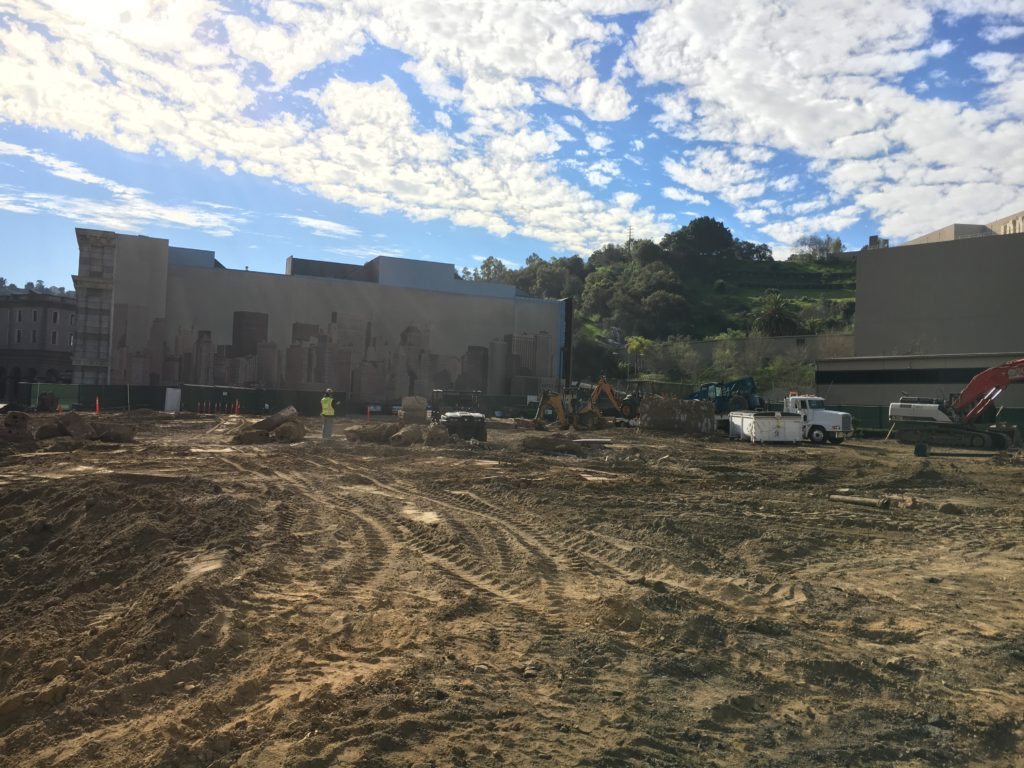
Facing On-site Obstacles: How the Area 51 Team Dealt with the Unexpected
This was by no means a straightforward construction project, and numerous hurdles arose along every step of the way. Since there was no room for delay, all key players were in constant communication, troubleshooting and problem solving together on the spot in real-time to meet and address every challenge as quickly as possible.
As Jeff Jarrett, Vice President at MATT Construction commented, the prevailing consensus on communication between different branches of the project was to deliver difficult news up front, not to back away from challenges, and to deal constantly with reality.
One major unexpected discovery came after demolishing the existing buildings on the site. That particular area of the lot had once been home to a transportation depot that repaired tour trams. All that remained of this hidden history were underground rooms filled with oil and covered with a concrete top. As Bill Thorpe described it, the place was “a giant labyrinth of underground concrete backfilled with slurry.”
During the demo, the team discovered a small vault with unknown contents, which they then determined to be mainly oil. First, the oil needed to be tested for HAZMAT, then drained and cleaned. Being close to the river, the soil was poorly compacted with a high water table, so the team had to use torque-down piles to drill into the ground. The drilling itself presented another challenge: there were only a couple of rigs on this side of the planet that could do the job, and the one the team received kept breaking. Luckily, they figured out not only how to fix it but actually managed to improve its efficiency. What could have been a major setback in their tight schedule ended up being a major time-saver.
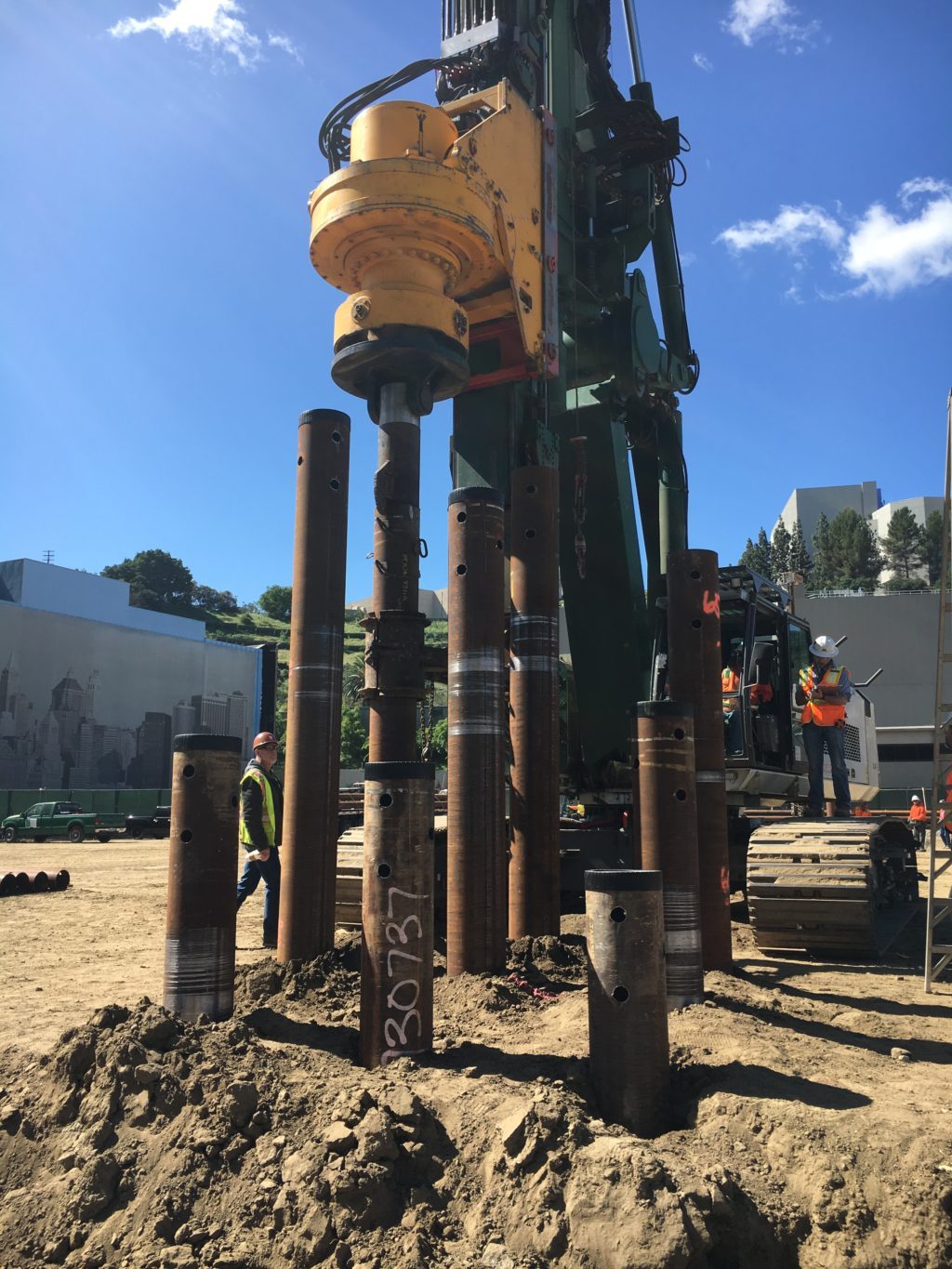
Wooden Trusses: A Study in Insourcing
Another fascinating challenge came in the form of the wooden trusses that would become part of the support structure in each sound stage. Each truss weighed in at a staggering 35,000 pounds. The team opted to use wood over steel for three reasons. First, wood was the acoustically neutral choice (which was ideal for the catwalks they were building). Secondly, natural wood had an aesthetic appeal that was more in line with their vision for the space. Lastly, steel can expand and contract more dramatically than wood with temperature changes. According to Natty Lafley, project engineer, the team contacted more than 20 union rough carpentry subcontractors to complete the job, and all of them declined. Few companies were interested in installing these wooden trusses and none would agree to tackle this specialty item within the project’s timeline.
Eventually, superintendent Mat Evans mentioned to engineer Bill Thorpe that he was a trained carpenter by trade. After spending so much time with the team leaders and understanding the specifications, project manager James Lee, Natty Lafley, and Mat Evans felt that they could spearhead the new and unforeseen challenge of tackling the carpentry on the trusses themselves.
This meant learning the installation techniques and essentials from the group in Oregon that was supplying the trusses, working with Michael Bloyd of Bastien & Associates to change the design, having the trusses pre-assembled in Oregon to ensure that they were up to the specifications, then disassembling and shipping all 14 of the 22-foot-tall, 120-foot-long trusses (a colossal total weight of 490,000 pounds) to Universal City, and finally reassembling and fitting them into the stage.
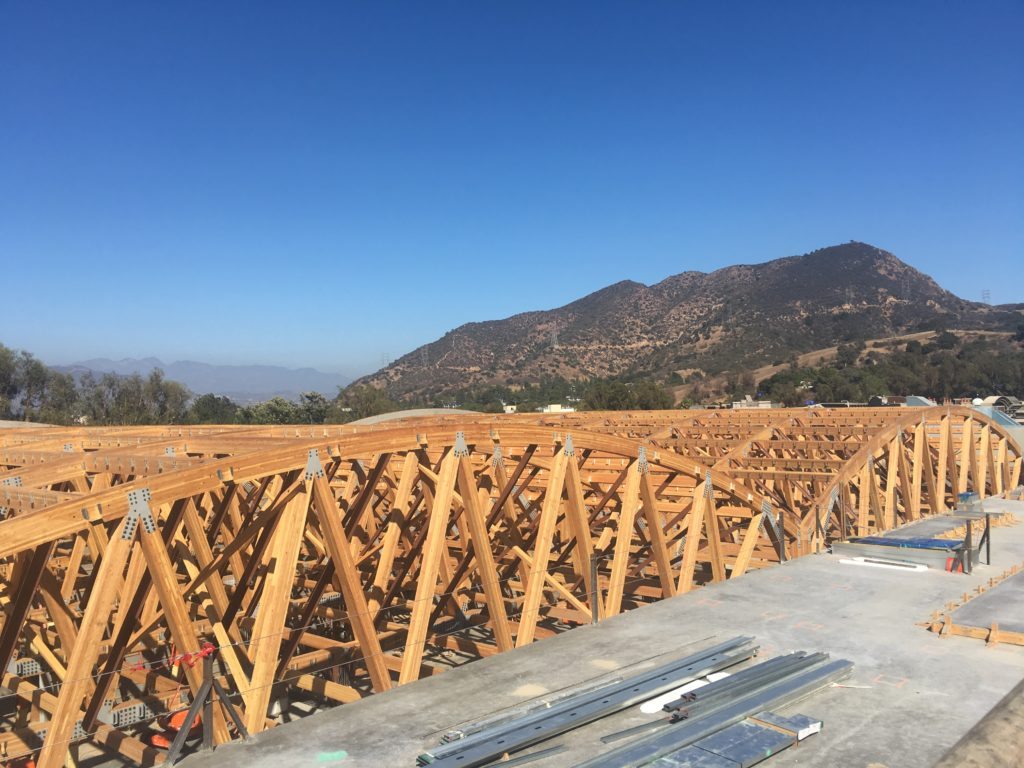
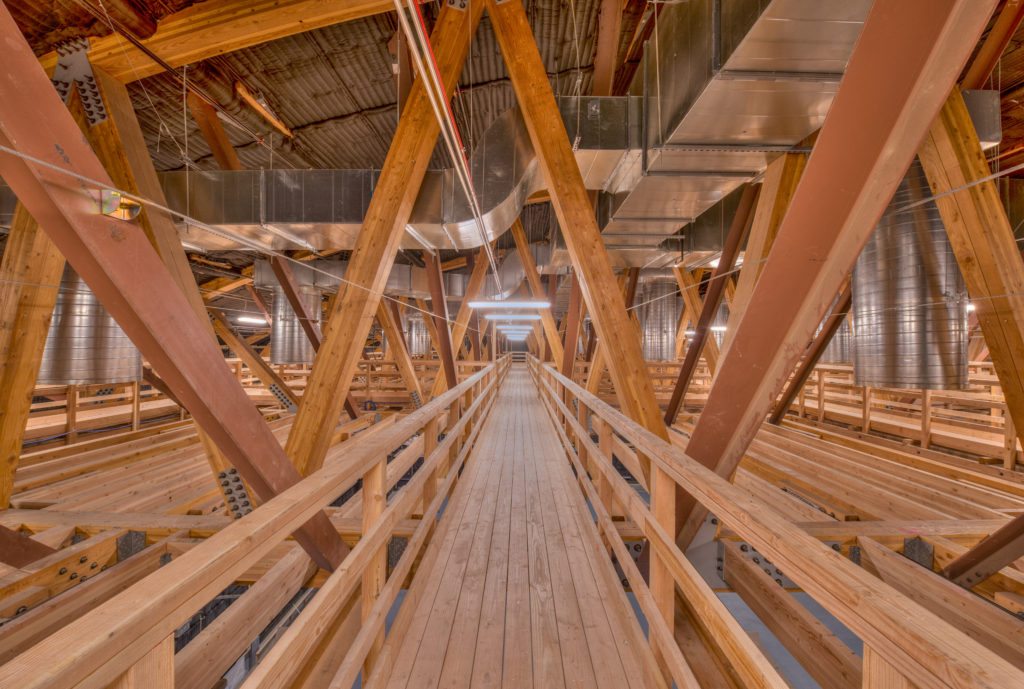
Photo: Nathaniel Riley
Timesaving Tech: Using ConXtech Steel Frames for the Production Support Building
One of the most timesaving elements of construction was the use of ConXtech for the production support building. MATT has frequently collaborated with ConXtech and is a known expert in their steel framing technology. Brian Young stated that using this system to keep the overall schedule intact was “huge.”
According to Bill Thorpe, ConXtech was the best system for a project like this, because of the time savings during steel erection. Aside from speed, ease, and cost-effectiveness, using the ConXtech system protects the Area 51 production building against possible catastrophic events. As Natty Lafley described it, the system required substantial “front end coordination” but enabled work in the field to be “incredibly quick and smooth.” Miraculously, within four days, the steel frame for the entire production support building was erected – less time than it took to prep, mobilize and demobilize the crane.
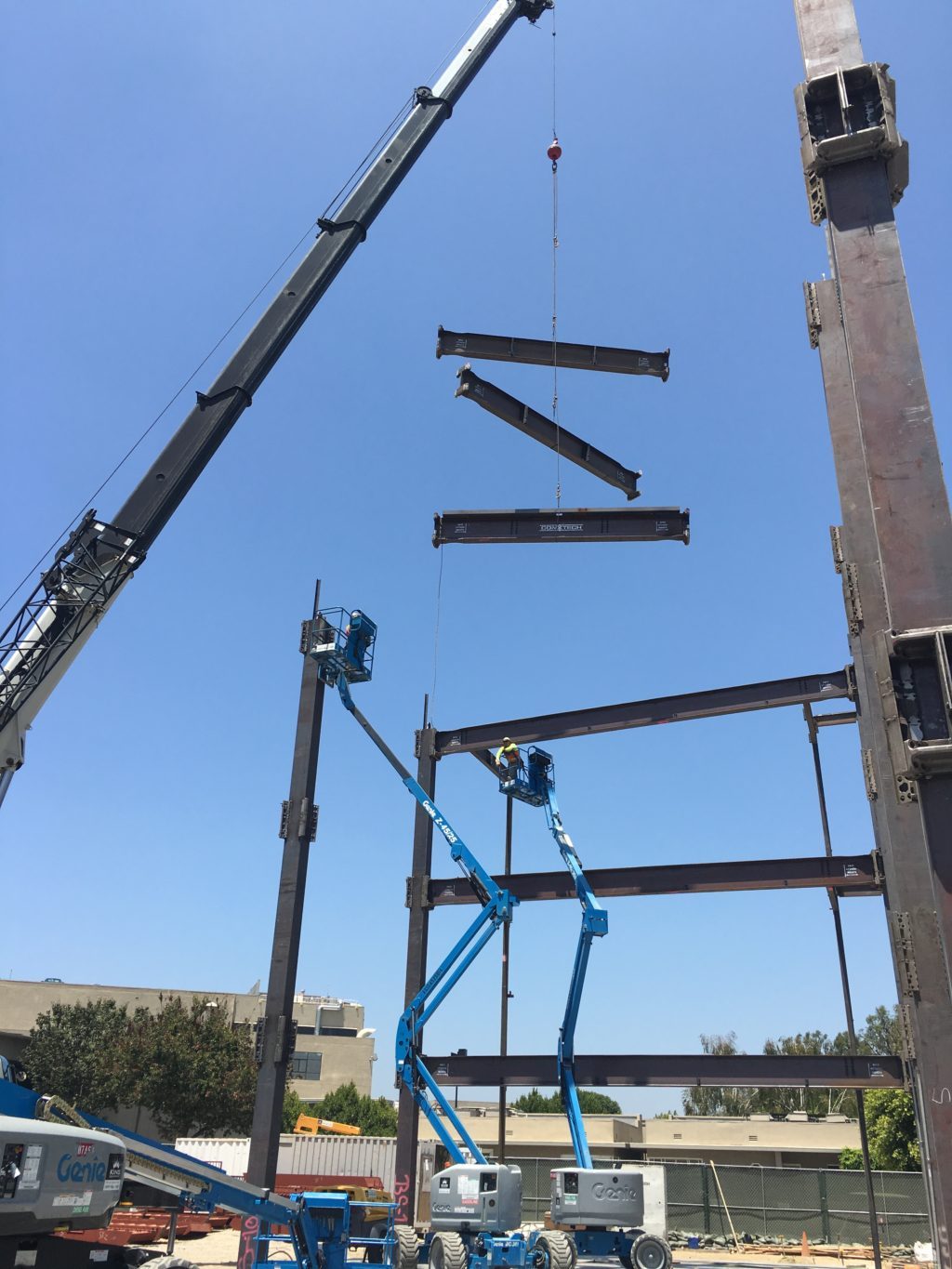
NBCU Lot: Adapting to Studio Life
Working on a large-scale, fully operational, bustling major studio lot presented its own challenges. From the outset, Brian Young established the needs of the construction site as a priority for Universal personnel. Construction even took precedence over nearby filming. If a major construction stage was underway, it was never delayed due to a production conflict. Instead, productions worked around Area 51’s needs.
Once the ConXtech steel frame for the production support building went up, it radically changed the environment on the lot. Tour buses had been diverting their routes to avoid the construction site. But once the beautiful frame of the production support building became visible, tours began to incorporate the Area 51 site. The tour guides shared with visitors how exciting it was that in a few short months, this cutting edge, state-of-the-art, historic facility would be complete and fully operational – just in time to host and broadcast Hairspray Live! around the world. As some of the on-site personnel commented, this became a humorous daily reminder of their scheduling goals.
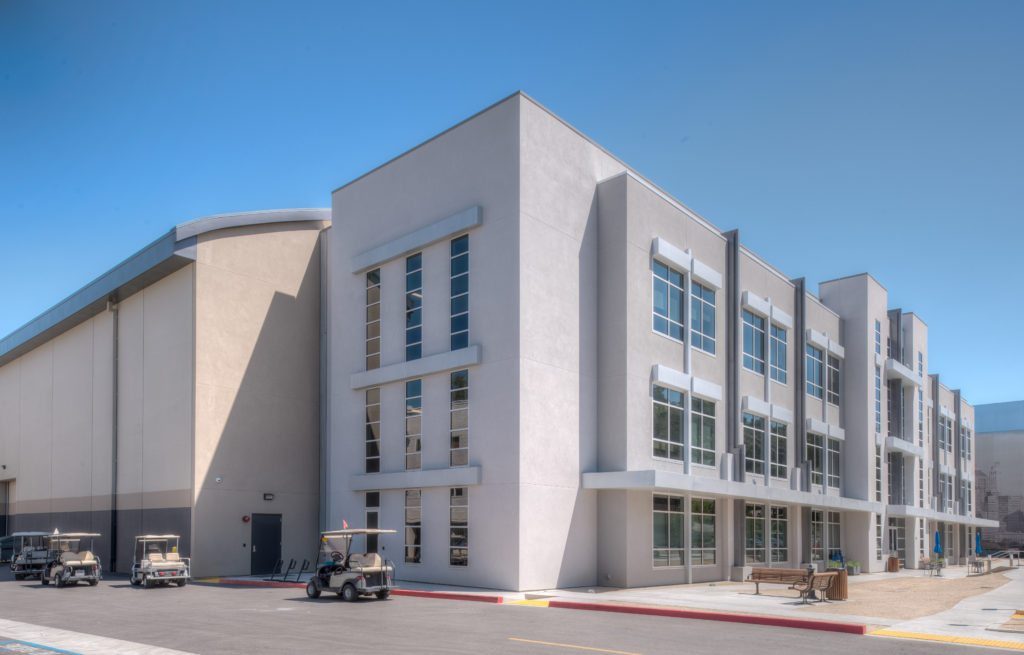
Photo: Nathaniel Riley
Meeting the Deadline: Area 51 and Hairspray Live!
To meet their ambitious deadline, everyone on site knew that they could not allow any single hurdle or conflict to delay their workflow. If they needed to postpone an anticipated task on a given day, the crew shifted immediately to another task. There were no idle hours. Through adhering to their schedule, adapting their pace when faced with new hurdles, and adopting an attitude of total commitment to the goal at hand, the Area 51 team managed to get the sound stages move-in ready one month ahead of schedule.
The team went from having a foundation-only permit to being production move-in ready in seven months. The production support building was almost finished within eight months. All of this happened because of close collaboration with key players. Maintaining constant, flowing communication with local safety jurisdictions and the LA County fire department enabled the construction site to meet their tight timeline despite unforeseen obstacles along the way. As Gary Bastien noted, “We have designed sound stages and production support buildings all over the world, but never a state of the art facility from design to construction…this fast!”
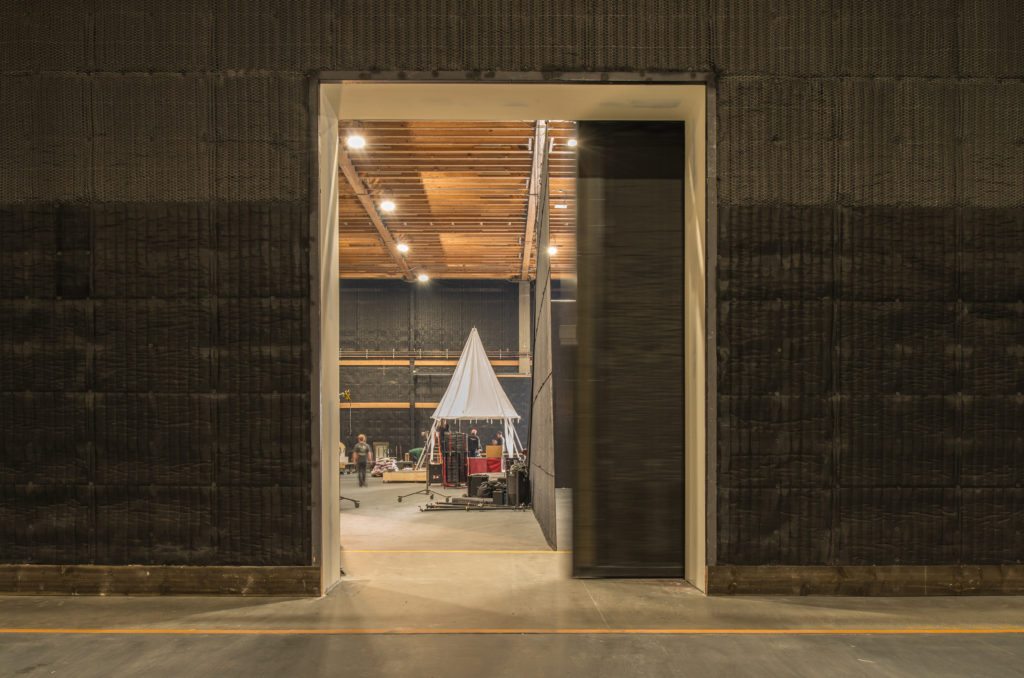
Photo: Nathaniel Riley
This close collaboration also enabled the early move-in the Hairspray Live! production team. NBCU SVP Brian Young played a critical role in streamlining the construction and use of the space. By the time the LA county safety inspector had signed off on the buildings as usable, Young already had trucks waiting outside, ready to begin moving the production into the spaces. In fact, people from the Hairspray Live! team were working in the buildings even while the construction team was putting finishing touches on the project.
Superintendent Mat Evans found it incredibly rewarding to see the Hairspray Live! team preparing for the show while his own crew was finishing their part. The two groups occupied the spaces harmoniously and respectfully, creating an exciting atmosphere that reminded everyone on the Area 51 team of the end-result of their hard work. By December 7, 2016, Hairspray Live! was set to go and NBCU housed two brand new, state of the art sound stages and a production support center built to last well into the next century, or, in Brian Young’s words, “a lifetime at least.”
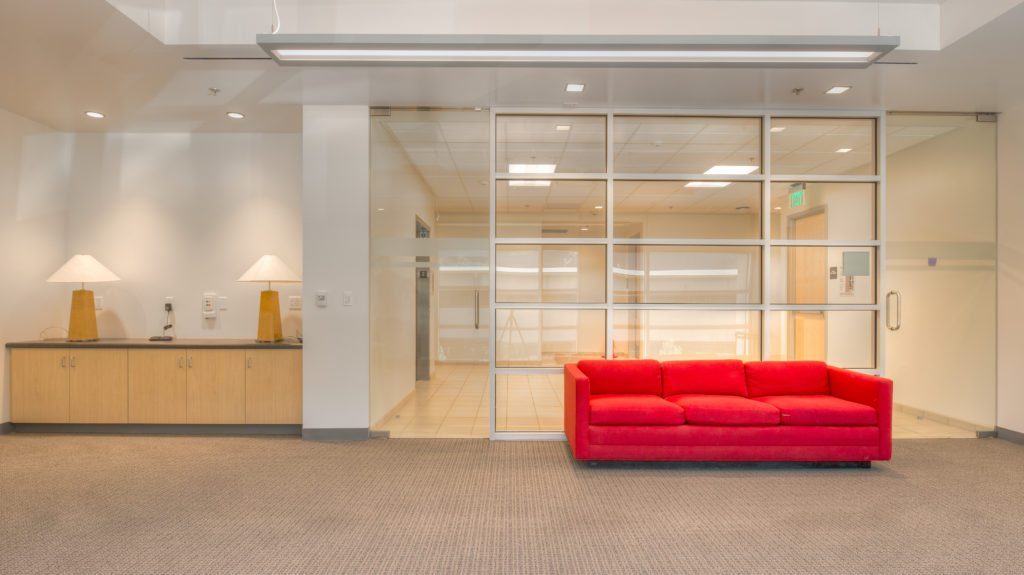
Photo: Nathaniel Riley



